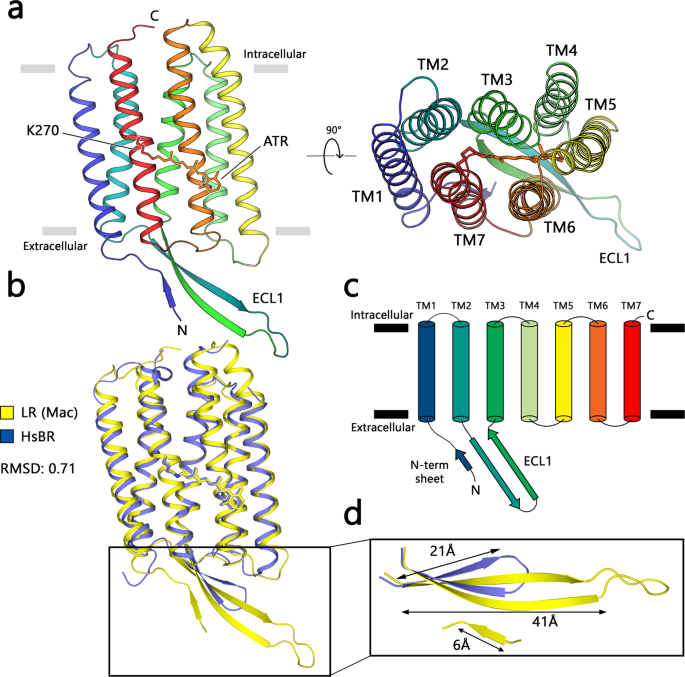Barbarian
Member
- Jun 5, 2003
- 33,356
- 2,560
Chimps pretty much do, also. Chimp brains might be a bit smaller than ours, but they have all the same parts.I certainly expect Adam to have all the same parts modern humans have, regardless of how he "looked."
God doesn't say so.I also expect he had the same intellect.
That would go a long way back. Humans appeared a few million years ago. Not our own species, but humans.I'm believe except for Adam and Eve, no human ever existed that wasn't born from them.
Seems likely. And I think the Bible is pretty clear that we are all from one pair of humans.If I heard correctly (this was decades ago) scientists theorized that modern man came from one set of perents.
More special would be to create a universe that would bring everything into existence as He intended. Like the earth bringing forth living things. Stuff like that.That does make God special.
All things are possible with God. But that doesn't mean that He did everything that was possible.It means he let the science teacher dictate what God couldn't do or wouldn't do.
Kinda hard to deny something in evidence, yes.He got knocked off the solid foundation of Christ by the science teachers seemingly insurmountable amount of evidence.
I think most people are smarter than that.People don't even question what they're being taught.













